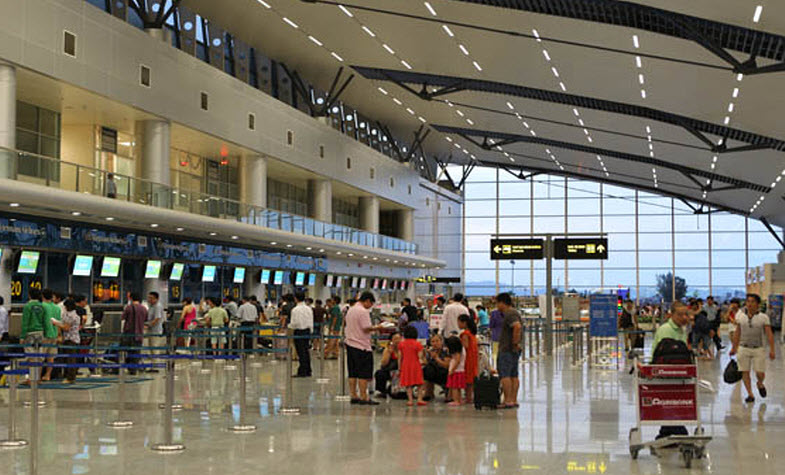15 August 2023
The Vietnamese government has decided to grant electronic visas (e-visas) to citizens from all countries and territories entering Vietnam starting from August 15th. The decision, outlined in a resolution by the government on August 14th, opens up a streamlined and efficient way for international travelers to visit the country.
Under this new policy, 13 airports are authorized to facilitate foreign nationals' entry and exit using e-visas. These airports include Noi Bai (HAN), Tan Son Nhat (SGN), Cam Ranh (CXR), Da Nang (DAD), Cat Bi (HPH), Can Tho (VCA), Phu Quoc (PQC), Phu Bai (HUI), Van Don (VDO), Tho Xuan (THD), Dong Hoi (VDH), Phu Cat (UIH), and Lien Khuong (DLI).
Additionally, 16 land border checkpoints have been designated for e-visa entry, including Mong Cai (Quang Ninh), Huu Nghi (Lang Son),Tay Trang (Dien Bien), Lao Cai, Na Meo (Thanh Hoa), Cha Lo (Quang Binh), La Lay and Lao Bao (Quang Tri), Nam Can (Nghe An), Cau Treo (Ha Tinh), Bo Y (Kon Tum), Tinh Bien and Vinh Xuong (An Giang), Moc Bai and Xa Mat (Tay Ninh), and Ha Tien (Kien Giang).
Furthermore, 13 seaports are also participating in the e-visa program, which encompasses Hai Phong, Hon Gai and Cam Pha (Quang Ninh), Chan May (Thua Thien Hue), Da Nang, Nghi Son (Thanh Hoa), Vung Ang (Ha Tinh), Nha Trang (Khanh Hoa), Quy Nhon (Binh Dinh), Vung Tau (Ba Ria - Vung Tau), Ho Chi Minh City, Dung Quat (Quang Ngai), and Duong Dong (Kien Giang).

At the same time, the government made it possible for people from 13 countries to stay in Vietnam for a longer time. Before, they could only stay for 15 days, but now they can stay for 45 days. This change applies to countries that Vietnam allows to visit without needing a visa from them.
Specifically, these countries include the United Kingdom and Northern Ireland, Germany, France, Japan, South Korea, Italy, Spain, Russia, Denmark, Sweden, Norway, Finland, and Belarus. People from these countries who come to Vietnam can now stay for up to 45 days when they enter the country, regardless of their passport type or the reason for their visit.
In June, the National Assembly passed amendments to laws governing the entry and exit of Vietnamese citizens and foreigners. These amendments permitted an extension of the e-visa validity period from 30 to 90 days. The government has been tasked with determining the list of countries and territories whose citizens will be granted e-visas, as well as the international border checkpoints where e-visa holders can enter or exit the country.
Presently, e-visas are issued by the Immigration Department through an electronic transaction system and are valid for a single entry. Prior to this new resolution, Vietnam granted e-visas to citizens of 80 countries.
Read more: How to get a Visa for Vietnam

